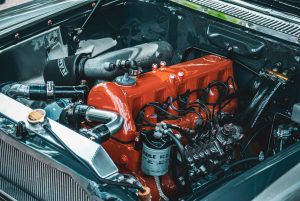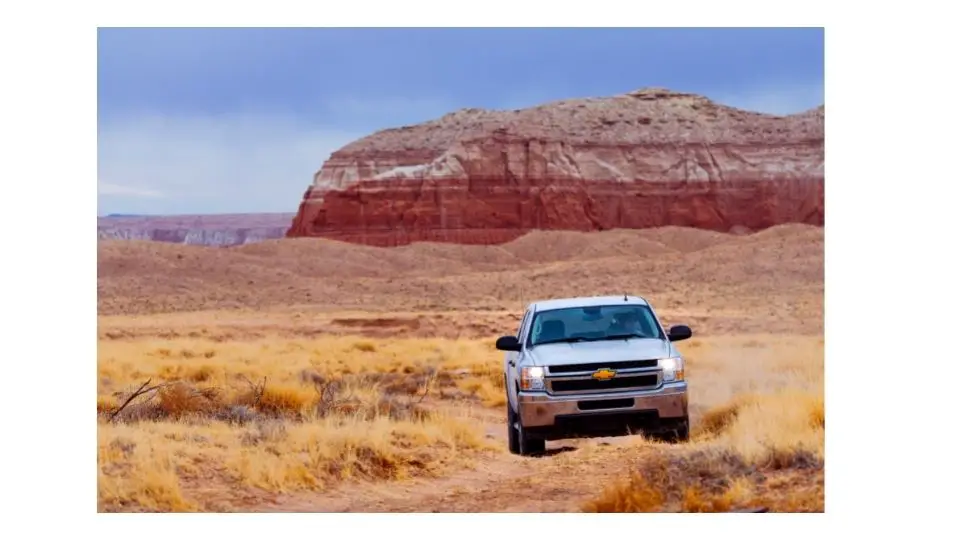There’s so much you need to know about the Chevy 5.3 firing order! What is the purpose of a firing order? Why is a firing order important? How do you determine a firing order? And more.
For anyone who may be confused about the 5.3 LS firing order, this post is for you. It will help you gain an understanding of where each cylinder should fire and when – so that, if something goes wrong, you’ll have a better idea of what’s going on and what you can do about it. Read on.
Chevy 5.3 Firing Order
In short, The firing order on a 5.3 LS engine is 1-8-7-2-6-5-4-3. This means, the spark plug at number one cylinder (1) fires first, then number eight (8), and so on.
The distributor rotates in a clockwise direction, which means that when viewed from above, it rotates counterclockwise.
The number one spark plug fires first, followed by the remaining spark plugs in their respective order. It is best to always check the owner’s manual for your vehicle to find out the specific firing order.
5.3 LS firing order Diagram

What Does the Term Firing Order Mean?
The firing order is the sequence in which each cylinder in a multi-cylinder engine is timed to fire. The firing order is specified by the engine manufacturer based on certain factors that affect the performance of the engine, such as vibration and smoothness.
The firing order is expressed in the form of a series of numbers, designating the cylinder number to which the ignition should occur for each power stroke. The order may be clockwise or counterclockwise, depending on the particular engine design. You can find out what is the firing order for your type of engine here.
In the video below, the host discusses engine firing order and its importance. He illustrates the firing order patterns and discusses the implications of swapping firing orders. The video covers how firing order affects engine performance, particularly in terms of cylinder pairing, intake charge, exhaust pulse, and bearing wear.
What is the Purpose of it?
The purpose of firing order is to achieve smoother engine operation through the smoothing process in the combustion chamber. In other words, firing order is essential for strong yet smooth engine operation.
The firing order determines the sequence of power strokes, which is why the correct firing order is essential. A misfire in an engine can lead to catastrophic damage to the connecting rods or pistons or both, and if a driver continues running an engine with a misfire it can cause a severe backfire.
The firing order is set so that the forces on the connecting rods are balanced and so that the vibrations produced by each piston are evenly spaced out.
Why is a firing order important?
Firing order is important because each cylinder has a certain amount of time to complete its combustion cycle before the next cylinder begins its cycle.
When the engine gets out of time, it will run rough and have other issues. Firing order is also important in determining the power stroke of a 4-stroke engine.
A 4-stroke engine will produce power every other revolution of the crankshaft, so if the firing order is configured properly, the power strokes will combine to provide smooth power output.
Firing order is everything when it comes to a running engine. If you don’t get it right, nothing will work properly. As such, if you’re working on a car, better make sure that you’ve got it right before you start removing things and replacing them.
How Do You Determine it on a Chevy?
The firing order on a car engine is determined by the number of cylinders contained within that engine. There are two basic types, where either cylinder number one is the first to be fired or cylinder number one is the last to be fired.
Either way, it’s determined by the crankshaft, which governs which cylinder receives fuel when the piston starts moving up the cylinder.
It’s determined by the pressure exerted on each side of the piston and how long it takes for this pressure to equalize, allowing both sides of the piston to move at the same time.
Conclusion
Now that you know the Chevy 5.3 firing order, you will always be able to take care of your vehicle and fix engine problems before they get bad enough to warrant a call to a mechanic.
Keep this information handy so that it’s there when you need it. If you have any questions regarding the Chevy 5.3 firing order, kindly leave a comment below.

Tomas is a retired Chevy Auto Technician that brings decades of hands-on experience and expertise to the table. He’s also a father to two incredible daughters. He enjoys using his knowledge and experience to help you solve and find reliable information on Chevrolet vehicles. Whether it’s troubleshooting engine problems or providing tips for maintenance, Thomas is committed to helping Chevy owners keep their vehicles running smoothly and safely.




